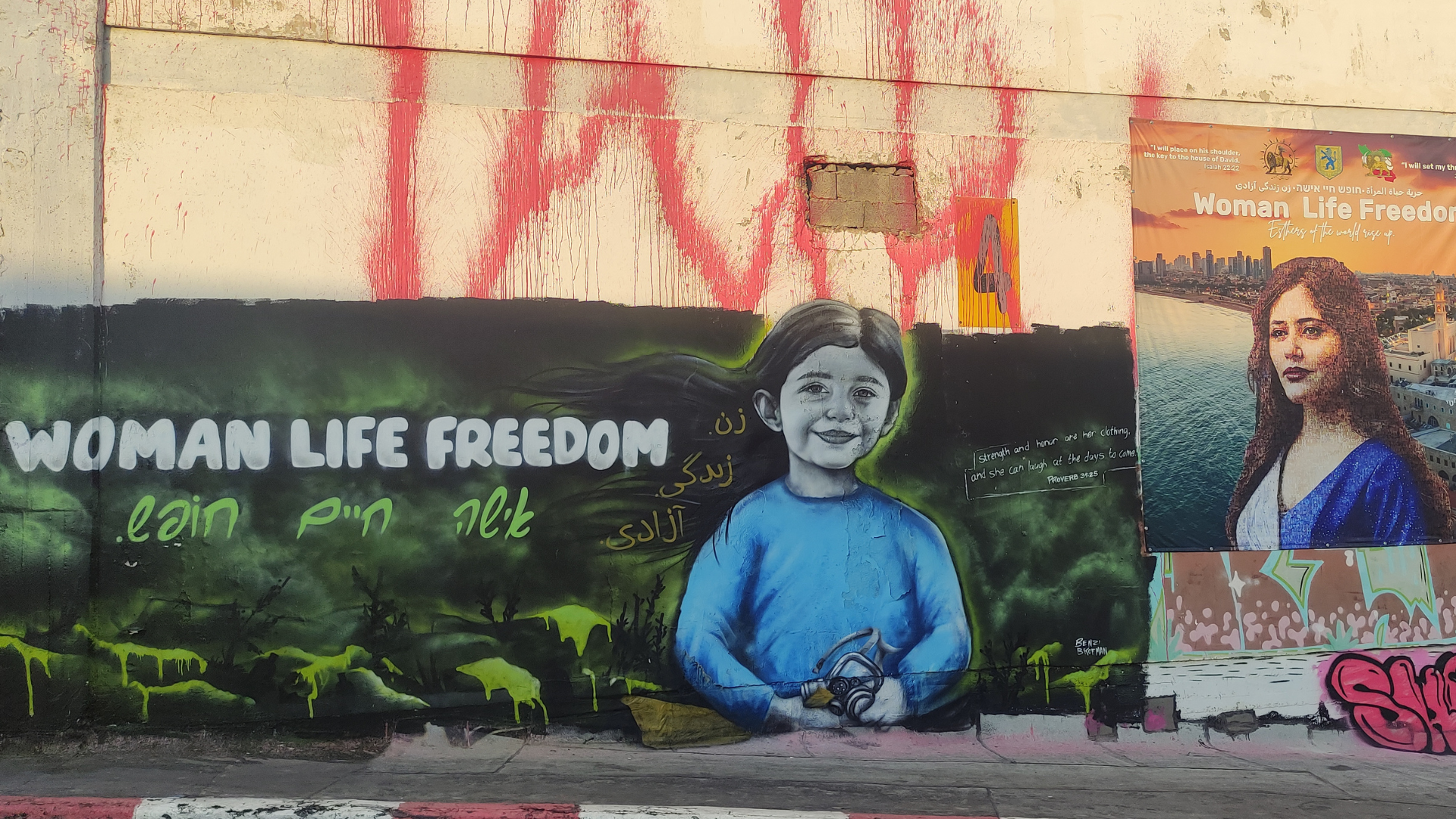
The Status of Baluch Women in Society
Author: Hamideh Shastan
A while back, a relative sent me some photos from the Baluch Museum of Industry and Art in Zahedan, which was a refreshing outlook into our culture . Handicrafts such as needlework, coin embroidery, pottery and handicrafts with palm leaves are among the arts in which the women of this country have played a significant role in crafting. Baluch women demonstrate their abilities to the Baluchistan society, to Iran and internationally by displaying the patterns and drawings that are inspired from the beautiful nature there and have roots in the history and thousands of years of civilization of Baluchistan.
Among the photos, one of them caught my attention more than the others, making me think. In that photo, a Baluchi woman was weaving a nomadic tent in the dark corner with palm leaves and fibers, and the tent was decorated with Baluchi elements, which also seemed to be a woman’s work, and a few wicker baskets, tablecloths and vases. The interior of the tent was decorated, and what was remarkable was the role of the man of the house, who stood tall and proud in a bright light outside of the tent. It was as though it was the man of the house who was the creator of these beautiful artistic arts. It is his responsibility to invite the visitors of the museum to see these artistic beauties.
Seeing this photo reminded me of my childhood and adolescence years. In my family, almost all women and girls have a lot of knowledge and experience in the art of needlework, mirror embroidery, Qureshi, embroidery, tailoring and patchwork. These magnificent and beautiful arts have strong roots in Baluch culture and society. Baluch mothers and ancestors have passed on these arts to the present generation with the same elegance and beauty of the past.
Baluch women provide a beautiful window into their normal and daily life by sewing various patterns on colorful fabrics and scarves to enrich the inside and outside of their houses. While women show their art and abilities in this way, the clothing of Baluch men is very simple and devoid of any patterns.
Although Baluch women play a major role in creating needlework and other common arts in Baluchistan, some of the old and middle-aged generations of Baluch men are also very skilled in handicrafts with palm leaves and fibers, and women follow in their footsteps as well.
Now the question arises for me : why in the introduction and display of these beautiful handicrafts, women are dragged into a dark corner? Is it not up to the women to play the main role in displaying them? By empowering the women in the field of employment and entrepreneurship, they will be a better placed constituency to introduce and promote this ancient art of Baluchistan.
This is a small example of how the value of Baluch women in the traditional society of Baluchistan can be underestimated. If Baluch women and girls have access to educational and work facilities, as well as financial support to continue and promote their art, they could present their art independently. They will not accept to stay in the dark corner of the house and their abilities be considered insignificant.
There are many taboos concerning women in the Baluch traditional society, taboos that should be broken. The list of these stereotypes is very long and it takes a long time to overcome them.
Certainly, women have a long way to go in order to achieve equal rights, or even a minimum set of rights. And it will be equally difficult to change the patriarchal culture that extends not only to Baluchistan but throughout all of Iran, so that all can enjoy gender equality and witness the end of a discriminatory system.
Although the literacy and knowledge of women has increased and more women work outside the home – the views of the Baluch community in regard to the development of Baluch women has improved to an extent – Baluchistan’s society still believes that the role of women is limited to household chores and taking care of the children. Baluch women still do not have the right to choose who to live with. Cohabitation based on forced marriages and child marriage creates many problems for women and girls.
The trauma resulting from failed marriages has led to the suicide of women and girls. The prejudiced and traditional way of thinking prevailing in the Baluch community have led to unfortunate events for Baluch girls and women. And these painful events include dropping out of school, early forced marriages, honor killings, and the degrading gender perspectives that plague Baluchistan society.
Dozens of young girls and women have been the victims of honor killings or domestic violence in recent years. Isn’t it time for the Baluch community to pay attention to these issues, with an open mind, and to find a way to support and empower the girls and women of this country, who make up half of society?


